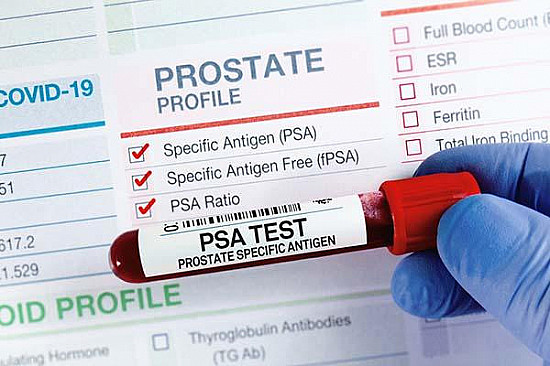A different nonhormonal birth control option

Until recently, people seeking hormone-free birth control have found few options available. The most effective and long-lasting nonhormonal option is the copper intrauterine device (IUD). Barrier methods (condoms, diaphragms, cervical caps, or the sponge) sometimes are paired with spermicide to boost pregnancy prevention rates, or spermicides may be used alone (a less effective choice). Apps and tests to track fertile days bring a high-tech sheen to the so-called rhythm method, but most ob/gyns do not recommend these as a way to prevent pregnancy.
Not until 2020 did the FDA approve a new nonhormonal birth control, Phexxi, which came on the market last fall. Should you try it if you're looking for a new option?
How does it work?
Phexxi is a contraceptive gel consisting of three active ingredients: lactic acid, citric acid, and potassium bitartrate.
To understand how it works to help prevent pregnancy, let's go back to the acids and bases of high school chemistry class. The vagina is naturally acidic, with a pH around 4. Semen is basic, with a pH around 7.5.
Normally when semen enters the vagina, it temporarily causes the pH to become more basic to ensure the survival of sperm. However, the three ingredients in the gel keep the vagina acidic. This helps immobilize sperm to keep them from swimming up the vaginal canal and through the cervix (the opening to the uterus) to reach and fertilize an egg. The gel also coats the cervix, which may prevent sperm from reaching the uterus.
How do you use it?
You insert the gel into the vagina using a prefilled applicator similar to the size and shape of a tampon. The gel works immediately or lasts for up to an hour, although you must use a separate dose each time you have penis-in-vagina intercourse. So, if you have sex this way twice within an hour, you would use two separate prefilled applicators.
The gel adheres to the vaginal walls and the cervix so that it remains in place.
Is it a spermicide?
No. Spermicides (gel, cream, foam, and more) rely on ingredients that specifically target sperm, immobilizing or killing them. The Phexxi gel uses ingredients that make the environment in the vagina acidic, which immobilizes sperm.
How effective is this type of birth control?
FDA approval for this product is based on a multisite study that enrolled sexually active women ages 18 to 35 (71% identified as white, 24% as Black or African American, and 2.5% as Asian). Women who participated had regular menstrual cycles and a single male partner. They agreed to just use Phexxi for birth control — except for morning-after, emergency birth control, if necessary — and engage in heterosexual intercourse at least three times during each cycle throughout the study.
Results collected over seven cycles show that nearly 14% of 1,183 women who completed the study became pregnant.
Overall, the efficacy rate of Phexxi is 86% for typical use. (Efficacy shows how well a product works during a controlled study; in real-life circumstances, actual effectiveness may be lower.)
Phexxi can be combined with some other forms of birth control to increase the odds of preventing pregnancy. Compared with other nonhormonal birth control methods (note: automatic download) it seems to be more effective at preventing pregnancy than withdrawal; natural family planning; barrier methods such as condoms (if used alone) and diaphragms; and most spermicides (if used alone). However, as a nonhormonal option, the copper intrauterine device is far more effective.
What about side effects?
- The most common side effect is irritation of the vulva and vaginal area, such as a burning or an itching sensation. Nearly a third of women reported one of these symptoms.
- Less than 1% of women had more serious side effects, such as severe urinary tract infection. (Phexxi is not recommended for women who are prone to recurrent or severe urinary tract infections.)
- Nearly 10% of male partners reported some itching, burning, or pain as well after their partner used Phexxi.
Phexxi cannot prevent sexually transmitted infections (STIs), so women should continue to use condoms to prevent STIs.
The bottom line
This is a good option to consider if you want to avoid hormonal birth control, prefer not to use an IUD, and are willing to use the gel consistently within an hour of intercourse — every time. According to available information, 14 out of 100 women get pregnant in a year of use. Its effectiveness is similar to or better than barrier methods like condoms, diaphragms, and cervical caps, and the typical rate for spermicide use alone.
The copper IUD is a far more effective nonhormonal option: fewer than one out of 100 women get pregnant in a year of use.
See the Harvard Health Birth Control Center to find additional options that will work well for you.
About the Author

Huma Farid, MD, Contributor
Disclaimer:
As a service to our readers, Harvard Health Publishing provides access to our library of archived content. Please note the date of last review or update on all articles.
No content on this site, regardless of date, should ever be used as a substitute for direct medical advice from your doctor or other qualified clinician.















